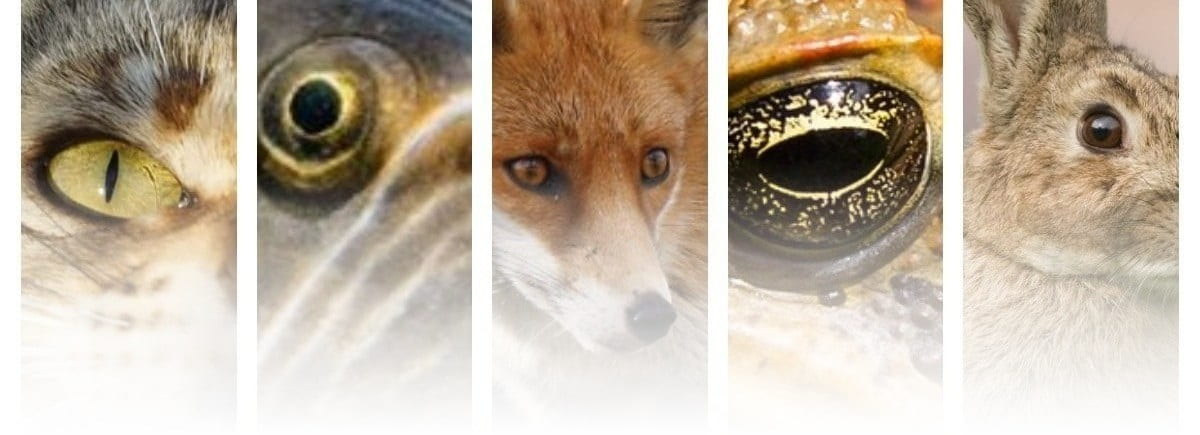Vertebrate genetic biocontrol

Genetic biocontrol for vertebrate pests
In the past 60 years, invasive pest species have cost Australia over $300 billion. Many of the currently used control measures are ephemeral and have little long-term impact.
Advancements in the development of synthetic gene drives have made it theoretically possible to manipulate entire populations, potentially allowing for the control of many invasive pests. While gene drive technology has rapidly advanced in invertebrate studies, vertebrate research has lagged.
The PIPER lab, as part of the Frankenberg lab, is developing genetic biocontrol technologies such as gene drive for many of the most damaging vertebrate pest species, potentially allowing for their control or eradication.
Making a vertebrate gene drive:
Phase 1: Optimising genetic biocontrol in zebrafish
The PIPER lab uses the zebrafish as a model for developing genetic biocontrol strategies that can be applied to a wide range of vertebrate pest species. Pipelines are being developed to achieve targeted knock-ins of large DNA constructs, via CRISPR, into genomic regions of interest, a difficult but necessary step in developing vertebrate gene drives.
Phase 2: Engineering genetic biocontrols in invasive species
Biocontrol strategies optimised in zebrafish will be adapted for invasive species such as European carp, cane toads, foxes, rabbits and smooth newts.
Phase 3: Population modelling of genetic biocontrol
Effective deployment of genetic biocontrol strategies will depend on population modelling to determine release strategies and timelines. We are contributing to this research in collaboration with Prof. Ben Phillips.
Gene drive explained by an 11-year-old: